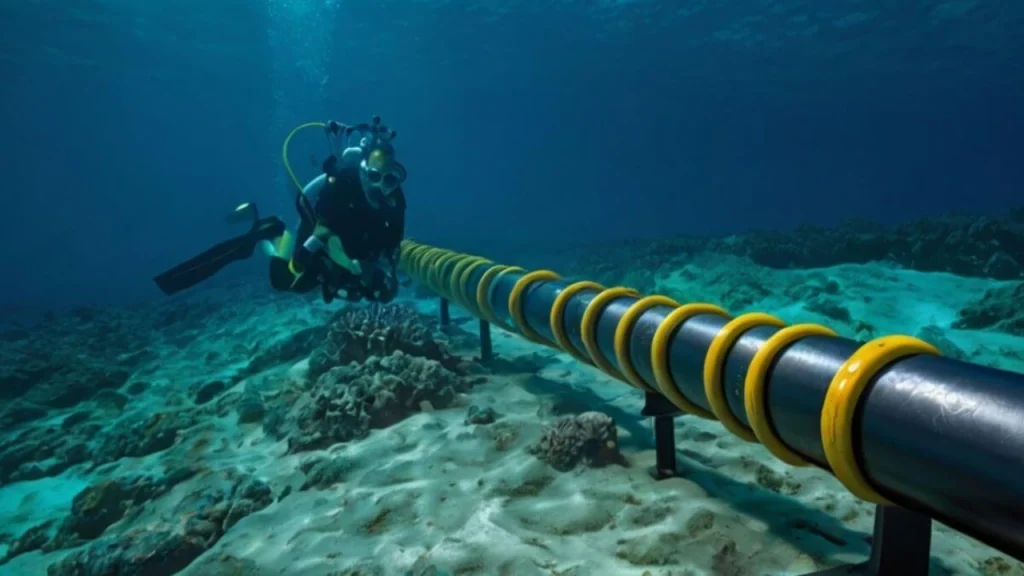• The Nuvem subsea cable will link South Carolina and Portugal, offering additional capacity for growing digital traffic.
• The cable is part of Google’s wider infrastructure strategy and follows recent investments in cloud and AI data centers.
What happened: Google launches Nuvem subsea project
Google announces a new private subsea cable system, named Nuvem, designed to connect the United States and Portugal. The cable will land in South Carolina and the Portuguese town of Sesimbra. It will be built in partnership with SubCom, a US-based undersea cable supplier. According to Google, Nuvem will include advanced fibre technology, allowing it to carry more data and operate efficiently under increasing demand.
The cable is set to be completed in 2026. Nuvem joins Google’s expanding portfolio of private subsea systems, including Firmina (linking the US to South America) and Equiano (connecting Portugal to Africa). The project is part of the company’s larger network strategy, which currently supports over 38 cloud regions globally. Google states the cable will enhance network resilience, reduce latency and offer more secure data movement across continents.
Also read: Sparkle turns subsea cables into seismic sensors with EU backing
Also read: Google announces two new subsea cables for Indo-Pacific connectivity
Why it’s important
The Nuvem cable reflects increasing corporate control over internet infrastructure. As tech firms expand cloud, AI, and enterprise services, they seek direct ownership of the physical systems that support them. Subsea cables now carry around 99% of international internet traffic, making them a key component of global digital trade.
Google’s move follows similar steps by Meta, Amazon, and Microsoft, who have all funded or co-owned subsea cable systems. These projects give large platforms more control over latency, cost, and redundancy. They also raise questions about long-term neutrality, data governance and equitable access to internet infrastructure.
Smaller cloud providers and telecom carriers may struggle to compete as hyperscalers consolidate capacity and build parallel systems. Portugal’s increasing role as a European cable landing hub is part of a broader trend, with EllaLink and Equiano also reinforcing connections between Europe, Africa and the Americas. These investments will shape internet performance and control across the Atlantic for years to come.

